The fact that Vietnamese fruits and vegetables are constantly being warned when exporting is the main obstacle that makes the goal of conquering the 10 billion USD mark difficult.
Durian and the constant worry of being warned
Recently, the Plant Protection Department - Ministry of Agriculture and Rural Development received a warning from the General Administration of Customs of China regarding a shipment of fresh fruit (including durian and jackfruit) exported from Vietnam. These shipments did not meet plant quarantine and food safety requirements, leading to the risk of affecting the reputation and brand of Vietnamese agricultural products in the international market.
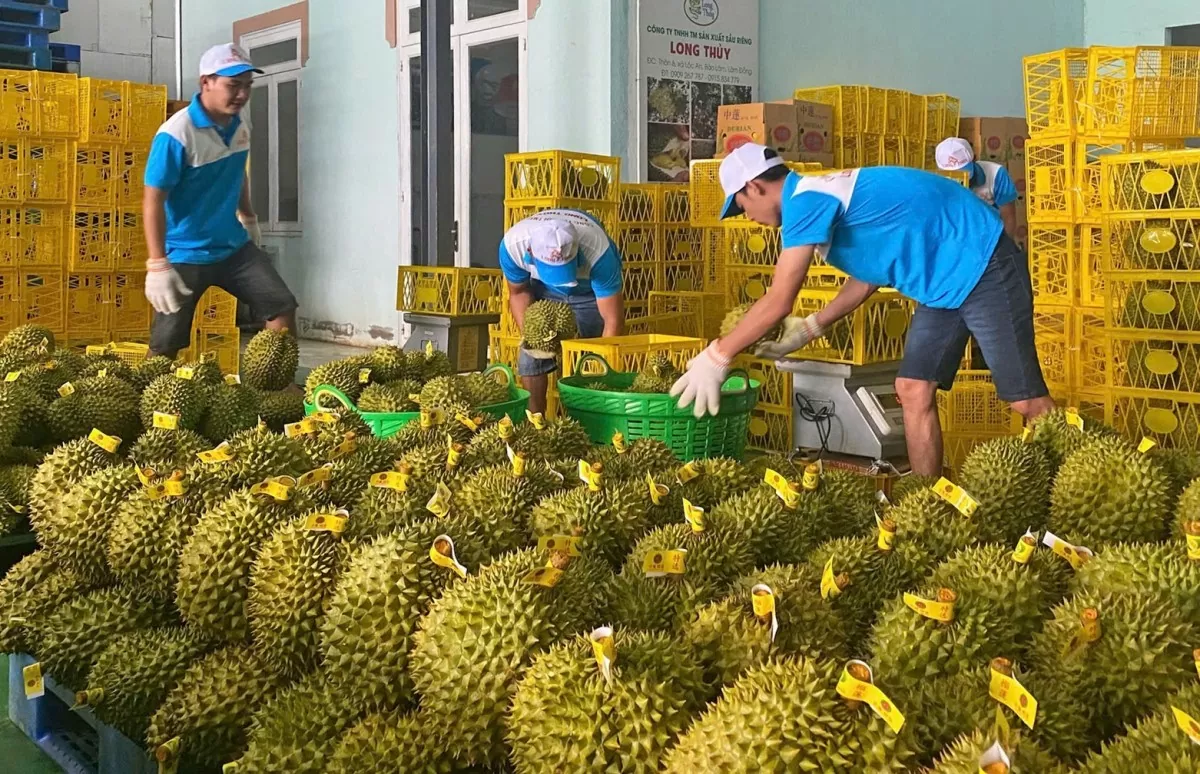 |
| Vietnamese durian has been warned many times. (Illustration photo) |
Since 2022, Vietnamese durian has been a popular fruit in many markets. Since then, there have been continuous warnings about violations of exported durian. Most recently, at the end of December 2024, the Vietnam Fruit and Vegetable Association issued an urgent notice, strongly protesting against some subjects cheating and illegally copying the codes of growing areas and packaging facilities for exported durian. These subjects used fake authorization contracts, fake seals and signatures to defraud businesses and bypass authorities, in order to profit and illegally export to China.
In 2024, many batches of Vietnamese durian were contaminated with cadmium, forcing China to return them. This also caused the price of Vietnamese durian to plummet at many times.
Not only China - the largest market for Vietnamese durian - has warned, but the EU has also recently announced an increase in the frequency of inspection of Vietnamese durian at the border from 10% to 20% from January 8, 2025 (previously, the authorities only took samples for inspection of about 2% - 3%). This decision was made after the EU discovered that this product contained many pesticide residues exceeding the permitted threshold according to European standards. The increase in inspection frequency also means that the time for those shipments to be imported into the EU will be extended. If the inspection results of the shipment show problems, the shipment will be destroyed right at the border.
If the EU continues to detect shipments that violate regulations in the future, they may increase the inspection frequency to 20% or more. For example, okra and bell peppers are currently subject to a 50% inspection frequency, dragon fruit was previously subject to a 50% inspection frequency, but after a period of improvement and correction, the EU has reduced the inspection frequency to 20%.
In 2024, Vietnam's durian export turnover will reach 3.3 billion USD, an increase of more than 1 billion USD compared to the previous year. This is a spectacular step forward when durian accounts for nearly 50% of the total fruit and vegetable export turnover of the country. China is the market with a market share of up to 90%.
However, the rapid growth of durian exports has caused this fruit to be repeatedly warned for not meeting the standards of the import market. Increased frequency of inspections or warnings not only affects the export activities of a particular product but also affects the image of Vietnamese fruits and vegetables in general.
Remember, at the end of 2023, the Japanese quarantine agency discovered two batches of durian and frozen chili imported from Vietnam with pesticide residues, requiring the business to destroy them. In September 2023, a batch of 10kg of longan from Vietnam was also discovered by Iceland to have high levels of carbaryl-based pesticides. After that, Iceland issued a quick warning about food from the European Union. The shipment was also destroyed at the border gate.
These incidents show that, even if it is only 10kg of longan or just over 1 ton of durian, with extremely small quantities, if it violates the regulations of importing countries, it will still more or less affect the reputation and image of Vietnamese agricultural products.
To make Vietnamese fruits and vegetables strong in the international market
Vietnam expects durian exports to continue to increase to 3.5 billion USD by 2025, contributing to bringing the total export turnover of fruits and vegetables to 8 billion USD and getting closer to the target of 10 billion USD in the near future. If reaching 10 billion USD, Vietnamese fruits and vegetables will be one of the few products to reach this extremely important milestone.
Speaking to reporters of the Industry and Trade Newspaper, Mr. Dang Phuc Nguyen - Chairman of the Vietnam Fruit and Vegetable Association - said that despite many export achievements, the situation of harmful pests and diseases, the overuse of inorganic fertilizers and pesticides have affected the longevity of gardens, productivity, quality and food safety of Vietnamese fruits and vegetables. Meanwhile, international consumers now prioritize clean, safe products; at the same time, products with sustainable business, environmental protection, green and clean.
Ms. Nguyen Thi Hoang Thuy - Director, Head of the Vietnam Trade Office in Sweden - also informed that the Nordic market in particular and Europe in general are shaping economic development policies with a focus on sustainability, technological innovation and social protection. Their main goal is to build a circular economy, reduce emissions and optimize renewable energy. Policy trends in turn affect consumption trends. Nordic consumers increasingly pay attention to sustainable products, produced according to environmental protection standards and responsibly. This is not just a consumption trend but has become part of a lifestyle with the philosophy of "just enough" and "sustainable" consumption.
Therefore, exporting green products is an important solution to help Vietnamese agricultural products in general and Vietnamese fruits and vegetables in particular stand firm in this market. This will also be a common trend in many market areas in the coming time.
Starting from January 20, 2025, in order to limit cases of forgery and fraud in the use of export codes, the Plant Protection Department requests that the owners of the growing area codes and packaging facilities, if they do not directly export but allow other organizations/individuals to export products from the growing area and packaging at their packaging facilities, proactively send written notices to the provincial specialized agencies.
In particular, fruit and vegetable exporting enterprises in particular and agricultural products in general need to be clearly aware that just being “whistled” once will cause all other enterprises in the industry to be subject to increased control at the border gate. Currently, most markets issue warnings for even one shipment of goods that violates the law. That will affect the reputation and brand of the entire industry.
Currently, the whole country has only 7 groups of products reaching the export milestone of tens of billions of USD. This means that if fruits and vegetables join the 10 billion USD club, they will become the main export products of our country, representing the image of Vietnamese agricultural products in the world market. As a main export product, it is necessary to have professional behavior in the export value chain, from production, processing, packaging to bringing products to the market. This can only be achieved if we limit to the maximum extent, gradually eliminating the unnecessary "incidents" that Vietnamese fruits and vegetables have encountered, such as the case of durian in recent times.
| 2024 will witness a "great leap" in fruit and vegetable exports, reaching 7.12 billion USD, an increase of 27.1% compared to 2023. With a huge export potential, it is opening up a new development path for the fruit and vegetable industry to break through in the coming time, forecast to reach the 10 billion USD mark in 2027. |
Source: https://congthuong.vn/xuat-khau-rau-qua-dau-la-rao-can-tren-duong-den-dich-10-ty-usd-369213.html


![[Photo] Looking back at the impressive moments of the Vietnamese rescue team in Myanmar](https://vstatic.vietnam.vn/vietnam/resource/IMAGE/2025/4/11/5623ca902a934e19b604c718265249d0)




![[Photo] "Beauties" participate in the parade rehearsal at Bien Hoa airport](https://vstatic.vietnam.vn/vietnam/resource/IMAGE/2025/4/11/155502af3384431e918de0e2e585d13a)
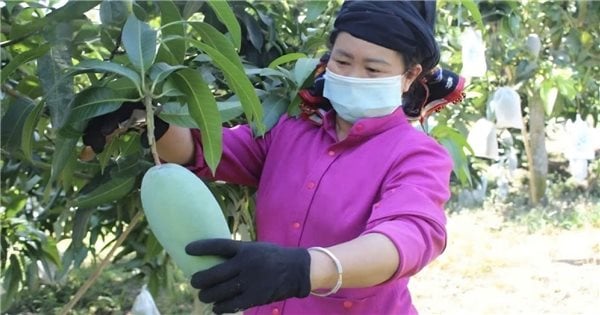

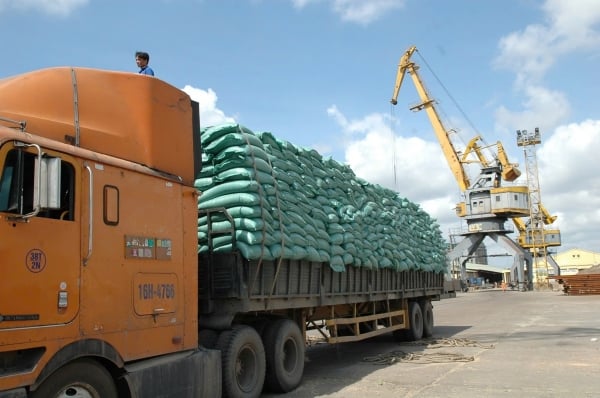
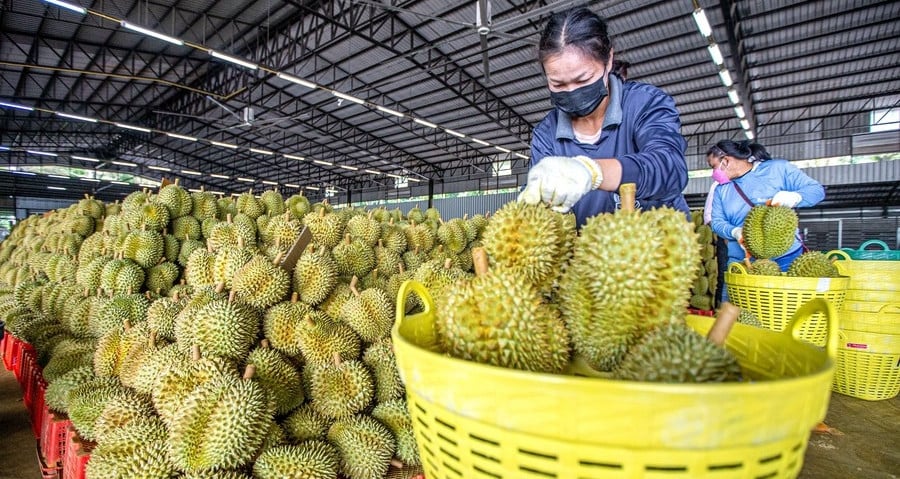

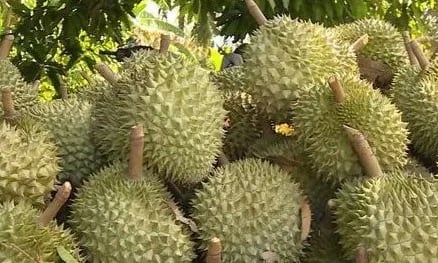

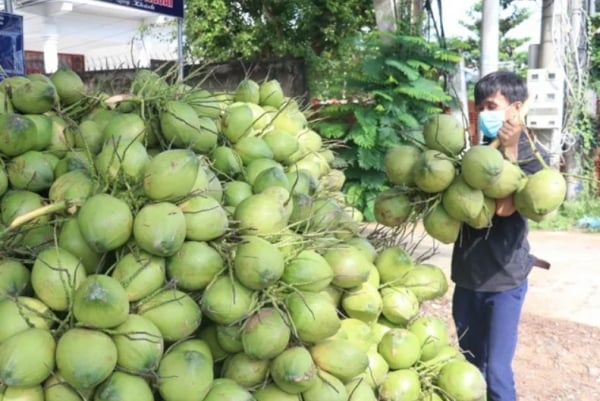
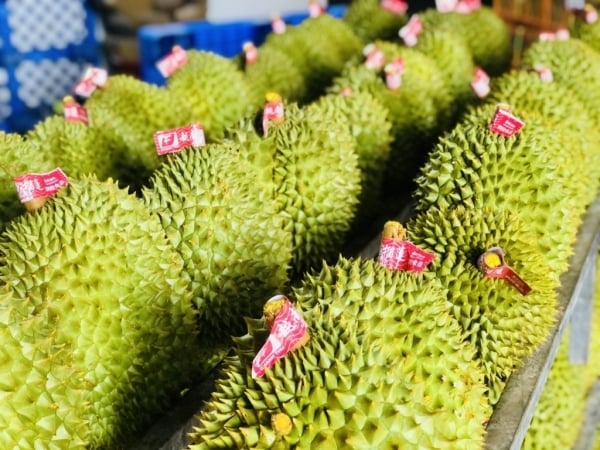













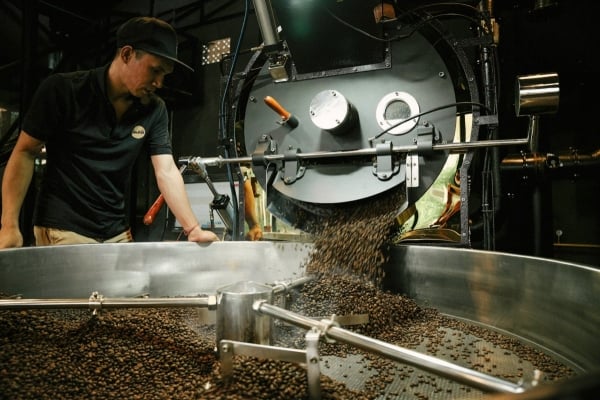

![[Photo] Summary of parade practice in preparation for the April 30th celebration](https://vstatic.vietnam.vn/vietnam/resource/IMAGE/2025/4/11/78cfee0f2cc045b387ff1a4362b5950f)








































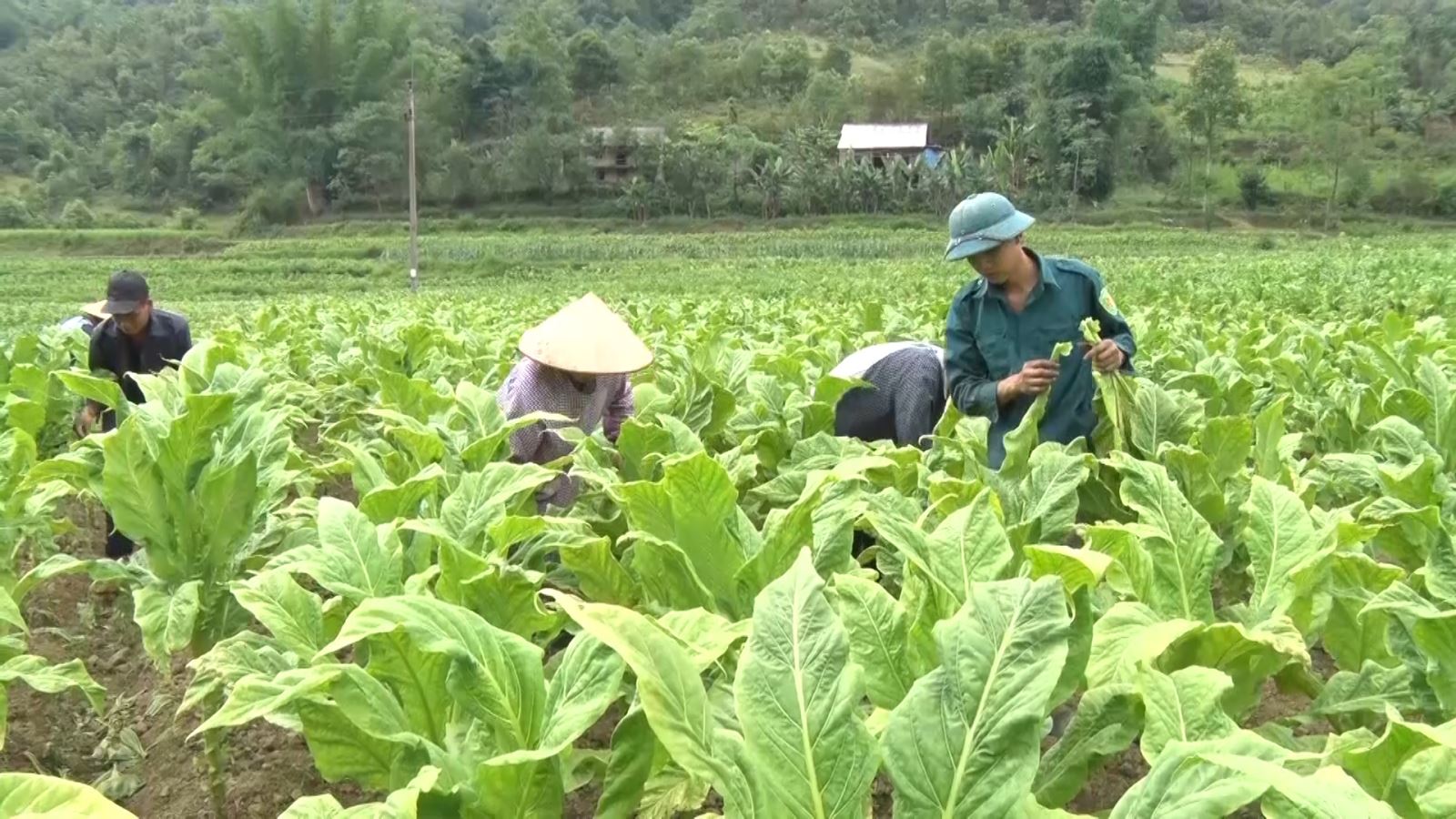


















Comment (0)